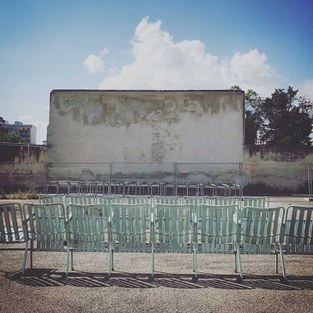European Cinema Audiences. Entangled Histories and Shared Memories.

Project Manager & Co-Investigator (CIMS)
Principle Investigator (other)
Daniela Treveri Gennari (Oxford Brookes University) &
Co-Investigator (other)
Pierluigi Ercole (De Montfort University)
Researcher (other)
Sam Manning (UK), Thunnis Van Oort (The Netherlands), Kathleen Lotze (Germany), Silvia Sico (Italy), Terezia Porubcanska (Czeck Republic) & Kim Fahlstedt (Sweden)
Funded by
Arts & Humanities Research Council, 2018-2021
Presentation
European Cinema Audiences is a comparative Cinema Heritage project that explores European film cultures in the 1950s. The project, funded by the Arts&Humanities Research Council (2018-2021) is led by Oxford Brookes University, Ghent University, and De Montfort University.
During the 20th century, film was one of the most widely spread and popular cultural products. But even in the heydays of the 1950s, films were not distributed, viewed nor experienced everywhere in the same way. For the study of cinema as a cultural practice, historical research into the experience of cinema-going is a quintessential area of research. The corpus of data on European cinema cultures is very heterogeneous. Some European institutions have been working on large national datasets. However, up to now there is hardly any comparative research. In this context, a comparative research model will re-evaluate the popular reception of film using an ethnographic audience study while reconstructing the film programming and exhibition structure in Ghent (Belgium), Bari (Italy), Leicester (Great Britain), Rotterdam (The Netherlands), Brno (Czeck Republic), Magdeburg (Germany), and Gothenburg (Sweden). These will be used as case studies in order to explore cinema-going experiences in cities of similar size and film exhibition structure, but different film cultures. The project will make use of innovative digital tools for data analysis, which will be available as a model to other researchers for comparative work. The over-arching and long-term purpose of the research is to build a sense of shared identity across Europe, alongside deeper understanding of and respect for cultural idiosyncrasies, by collecting, comparing, and sharing data and narratives related to the historical experience of cinema-going. The cases can be used as a framework for other comparative studies, in order to develop a pan-European project on film popularity, exhibition and reception.